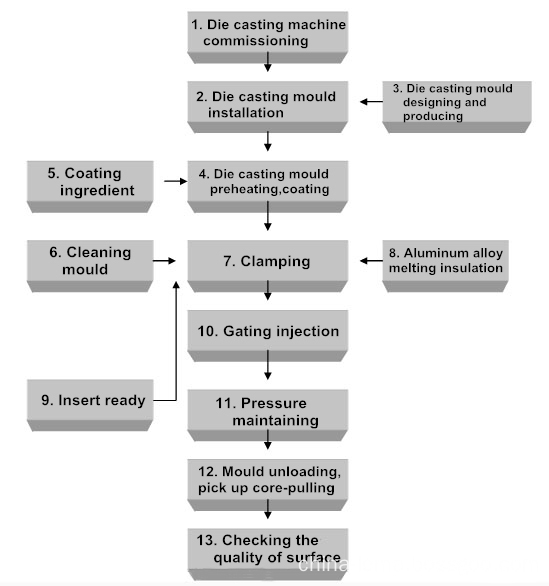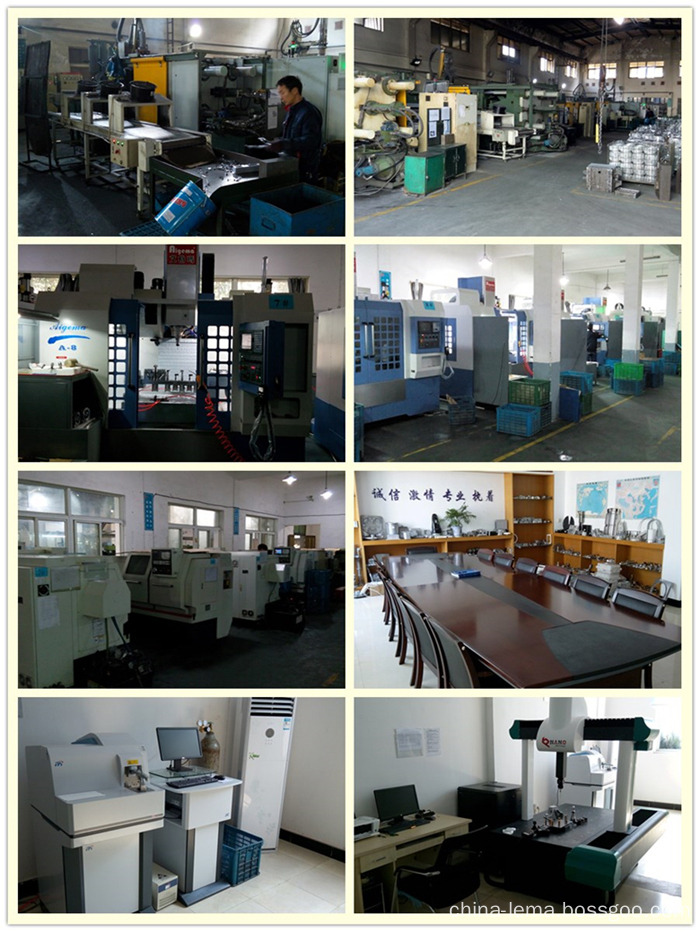The sedimentation tanks for intermittent work are usually rectangular concrete tanks, which are placed outside the plant and use most of the natural sedimentation of the materials to remove most of the water. The slurry is fed from one end of the tank and the clarified water overflows from the other end. The bottom of the pool is maintained at a 1% slope. It is generally set up in parallel by four pools. The slurry is fed into the first tank, and after filling, the second and third pools are injected. After a pool is filled, the feed is stopped and the natural settling is allowed to stand. The sediment deposit at the feed end of the sedimentation tank is the thickest, and it can almost touch the liquid surface. After that, the sediment accumulation moves forward, and when the sediment accumulates to the overflow end for a certain length (with the overflow constant mixing degree) Bay II stops feeding. At this time, there is overflow water at the end of the pool, so that it settles and settles. After the liquid surface is clarified, the sluice is sequentially opened to discharge the clean water. After the precipitate is properly allowed to stand and then a part of the water is oozing out, the discharge can be removed. Among the four pools, the first feed, the second precipitation, the third clearing, the fourth preparation, and recycling. Where L 1 ———the length determined by the amount of pulp and the volume of the required pool, m;
Now every country optimistic about the prospect of the magnesium alloy die castings,especially in auto,aviation,telecom,transportation and mechanical industry,
which adopt to use magnesium alloy die casting to replace steel casting for reducing weight effectively and then can save energy and reduce environment pollution.
The car can decrease 0.4L oil consumption per kilometer if it can relieve every 100KGS. So America,Japan and European countries have enlarge use of magnesium alloy Die Casting Parts, for example, steering wheel, instrument panel, seat skeleton, crankcase, gearbox shell, wheel hub and so on.
So magnesium alloy die castings grows at 20%~30% a year, 80% of them are die casting parts.
Meanwhile magnesium alloy die castings expand use in appliance light industry and daily hardware, such as notebook shell, VCR box,
mobile phone, power tool shell,camera shell, upholstery, mower shell etc. These magnesium alloy die casting parts with a series of advantages, not only greatly reduce weight, but also have the precise & steady dimension and smooth finish surface.
Die-cast magnesium alloy material:
material tightness, thermal effects during solidification, resistant to electricity chemical corrosion resistance capabilities.
to prevent oxidation reaction to proceed, so magnesium alloy flammable or explosive. Magnesium alloy is also easy to dissolve other metals, including magnesium
alloy severely reduce the ability of anti-electrochemical corrosion of nickel, copper and other elements. In addition, the same volume of liquid aluminum and magnesium alloy during solidification.
Magnesium alloy heat release was significantly lower than aluminum.
Magnesium alloy chemical elements:
Magnesium alloy commonly used alloying elements are aluminum and zinc. Alloying of aluminum alloy can improve the strength and casting properties. Zinc can also improve the performance of the alloy casting. In order to
ensure the casting performance, the aluminum content should be more than 3% in the die casting magnesium alloy, zinc content is less than 2%. Otherwise it is easy to
produce crack.
The commonly
used magnesium alloy die-casting material
Common cold chamber die casting machine injection parts must be improved
to meet the needs of the magnesium alloy die casting production as follows:
1)
Fast injection speed increased from 4~5m/s to
6~10m/s.
2)
Reduce the time of supercharging and build pressure.
3)
Improve the injection speed and injection force
control.
4)
Equipped with a special furnace protection gas
device
The aluminum die
casting part production flow chart
Commonly used materials of magnesium alloy die casting: ADC12, ZL101,
ZL102,A380, AlSi9Cu3, AlSi12(Fe);
The precision of the magnesium die casting: ±0.1mm;
Smoothness of surface of rough part: Ra1.6~Ra3.2;
Shrinkage rate of Mg alloy die casting products: 0.5%;
Material wastage rate: 5%;
General magnesium die-casting machining allowance: 0.5mm~0.7mm;
Surface preparation methods: Sand blasted, Shot blasting, Powder coating,
Painting, Plating, Electrophoresis, Polishing
Our company's magnesium alloy die casting production equipment and management system
Aluminum Die casting production equipment: L.K brand die casting machine From 160T, 200T,
280T, 400T, 630T, 800T and 1250T;
CNC machining center: 8 sets;
CNC lathe machine: 6 Guangzhou Machines and 7 Shenyang Machines;
Work days of one week: From Monday to Saturday;
Shift work: 2 shift per day;
Working
hours: From AM 8:00 to PM 5:00;
2D and 3D
drawing Software: AutoCAD, UG, Pro/E, SolidWorks 2013;
QC control: New type NANO CMM, FPI M5000
desktop metal analyzer, Easson projector, Mechanical properties tester.
The production of Magnesium die casting and QC control
Magnesium Die Casting Part, Magnesium Alloy Die Casting Part, Magnesium Die-Casting Product, Magnesium Injection Part NINGBO BEILUN LEMA MACHINERY TECHNOLOGY CO.,LTD , http://www.china-lema.com
The sedimentation tank can be used for electric picks, grab cranes or manual removal of sediment. The rails are laid at the bottom of the pool, and the bottom of the pool can be protected from being hit by a bucket or grab. At one end of the tank, a suitable open space may be reserved for temporary storage of sediment; the other end of the tank preferably has a road through to deposit the sediment directly into the mine car.
Sedimentation tanks are widely used in selected coal plants and small-scale beneficiation plant for dewatering fine materials use. Its calculation method is as follows:
The time of a working cycle of the sedimentation tank:
t=t 1 +t 2 +t 3 (1)
Where t———cycle time, h;
t 1 ———The time required for the sedimentation tank to fill the slurry, h;
t 2 — the time required for the sediment to settle for deposition, h;
t 3 ———The time required for the sediment to be removed, h.
Total volume of sedimentation tank:
V=Q · t (2)
Where V———total volume, m 3 ;
Q———The amount of slurry in the process of the concentrator, m 3 /h;
t———Work cycle time, h.
Total length of the pool: L=L 1 +L 2 (3) 
L 2 ———The working length of the sedimentation tank overflow å ° is not filled with material, m;
B———the width of the sedimentation tank, generally 6~9m;
υ 0 ———The final sedimentation velocity of the largest solid particle in the overflow, m/s. Measured or calculated according to formula (1). [next]
The depth of the sedimentation tank needs to be easy to excavate the sediment, generally 2.5 to 3.5 meters. The structure of the sedimentation tank is shown in Figures 1 and 2. 

Magnesium and aluminum have big differences in the chemical, physical properties, mainly in terms of chemical reactivity, surface oxidation of the liquid metal
Magnesium has a strong chemical reactivity than aluminum and the metal bath surface can not be formed as dense as molten aluminum alloy oxide protective film
Mechanical properties of pure magnesium is very poor, can not meet the requirements of industrial parts of the yield strength and tensile strength. By adding alloying elements can significantly improve the mechanical properties of magnesium, the magnesium alloy`s strength to weight than the titanium alloy in all kinds of alloying and ranked second, open up broad prospects for its application.
The effect of alloying element second is to improve the performance of magnesium alloy casting. Pure magnesium have high melting point, poor mobility, high shrinkage.
By alloying can reduce the temperature of the liquid, increase liquidity. According to the characteristics of magnesium alloy decreased significantly at temperature above 150degrees Celsius and the strength of the alloy,
the third role is to enhance the creep resistance of magnesium alloy.


